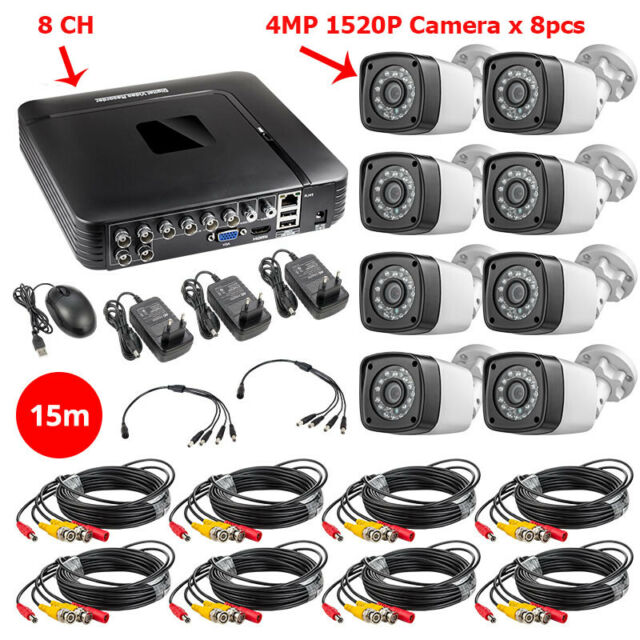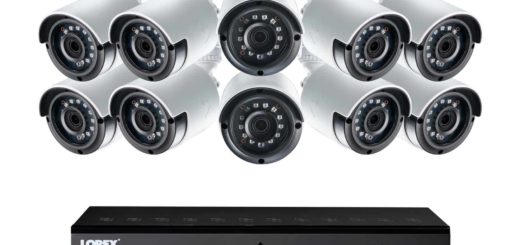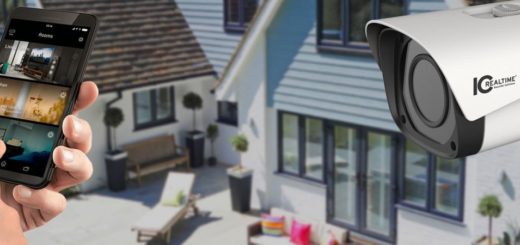Type of Surveillance Systems Equipment

There are two types of cameras used for surveillance: analog and IP (internet protocol), which are digital cameras.
Analog cameras: These are usually lower resolution than the more modern IP technology, and require cable connections to a DVR to record and store footage, plus wired connections for power. To ensure the integrity of the footage, the camera must be located fairly close to the DVR and the number of ports on the DVR determines the number of cameras that can be connected. So, additional DVRs may be needed to support sites requiring many cameras.
With the DVR, the footage can be viewed on a monitor in real time or a router and modem can be connected to transmit the footage. However, the video footage tends to be grainier than digital footage and because the camera does not have digital zoom, enlarging any area of the image further reduces the clarity.
These cameras cost less than digital cameras, but because their field of vision is smaller, more cameras may be needed. There are more design options for analog cameras, so you may find the right camera for your needs at a lower cost than digital. You also won’t lose the network bandwidth that digital cameras take up.
Digital cameras: IP cameras are higher resolution, which generates clearer images but, as we said, use more bandwidth to transmit and require more storage space. Cameras connect to a network video recorder (NVR) via a PoE (Power over Ethernet) switch, which has ports for many cameras and then uses just one cable to connect to the NVR and power source. This reduces the number of cables needed but can put a drain on your network bandwidth.
There is no limitation to where cameras can be placed in relation to the NVR, and wireless network access enables remote viewing of footage. Also, the digital feed can be encrypted. Wi-Fi cameras do, however, raise the concern of potential hacking, so it is important to understand the security features of your cameras.
Digital cameras can have many additional features such as digital zoom, mobile notification, auto-recording triggered by motion, one-touch connection to authorities, object recognition, among others.
If you are transitioning from analog to digital you may want to consider a hybrid video recorder that can support both types of cameras.


